| Model: | MOS25953-19-9 |
| Place of Origin: | Zhejiang,China (Mainland) |
| cas: | 25953-19-9 |
- Have any questions?
- +86-189 8930 5995
- sales@mosinterchem.com.cn
Cefazolin CAS 25953-19-9

Paclitaxel CAS 33069-62-4
05/12/2018
Naproxen Sodium CAS 26159-34- 2
05/12/2018Cefazolin(CAS: 25953-19-9)
| Item | Index |
| Molecular Formula | C14H14N8O4S3 |
| Molecular weight | 454.51 |
| Specification | CP/USP/EP |
| Appearance | needle shaped crystallite |
| Melting point | 198-200 ℃ |
Cefazolin (INN), also known as cefazoline or cephazolin is an antibiotic useful for the treatment of a number of bacterial infections.
It is a first-generation cephalosporin antibiotic. Cephalosporins fall into the category of β-Lactam (beta-lactam) antibiotics. Other antibiotics that fall into this category are penicillin derivatives, monobactams and carbapenems. This group of antibiotics works by inhibiting cell wall synthesis of the bacteria by binding to penicillin-binding proteins. These groups of antibiotics are known as bactericidal, meaning that they kill the targeted bacteria (as opposed to inhibiting reproduction as bacteriostatic antibiotics do).
The drug is usually administered by either intramuscular injection (injection into a large muscle) or intravenous infusion (intravenous fluid into a vein). It is on the World Health Organization’s List of Essential Medicines, a list of the most important medication needed in a basic health system.
Medical uses
Cefazolin is mainly used to treat bacterial infections of the skin (cellulitis). It can also be used to treat moderately severe bacterial infections involving the lung, bone, joint, stomach, blood, heart valve, and urinary tract. It is clinically effective against infections caused by staphylococciand streptococci which are Gram-positive bacteria commonly found on human skin. Cefazolin has been shown to be very effective in treating Methicillin-susceptible Staphylococcus aureus (MSSA) but does not work in cases of Methicillin-resistant Staphylococcus aureus (MRSA). In many instances of MSSA, the use of cefazolin is preferred over the use of other antibiotics such as vancomycin.
Cefazolin also has coverage against some Gram-negative bacteria such as Escherichia coli and Klebsiella pneumoniae. Resistance to cefazolin is seen in several species of bacteria in which case different generations of cephalosporins may be more effective. Cefazolin does not fight against Enterococcus, anaerobic bacteria or atypical bacteria among others.
Cefazolin is often used as a prophylactic antibiotic before a wide range of surgical operations due to being one of the most widely studied antibiotics with proven efficacy. The antibiotic is ideally given within the 60 minutes before the start of the surgical procedure. In procedures lasting longer than 4 hours, additional doses of cefazolin should be given every 4 hours until the procedure has finished. As with many other antibiotics, the amount of cefazolin given to each patient varies by weight. The standard amount for adult patients is 2 grams per dosing. In cases of obese patients weighing >120 kg, this dose should be increased to 3 grams. In pediatric (children) cases, the amount given is determined by giving 30 mg of the antiobitic for each kilogram the child weighs (30 mg/kg).
Bacterial susceptibility
Cefazolin is a broad spectrum antibiotic that is often used to treat different types of infections including urinary tract, skin, and bone infections. In order to kill the targeted bacteria, antibiotics must reach a certain level in the blood. Studies are done in a laboratory to determine the Minimum inhibitory concentration (MIC) for each antibiotic and bacteria. The following represents MIC susceptibility data for a few medically significant bacteria.
You must be logged in to post a review.

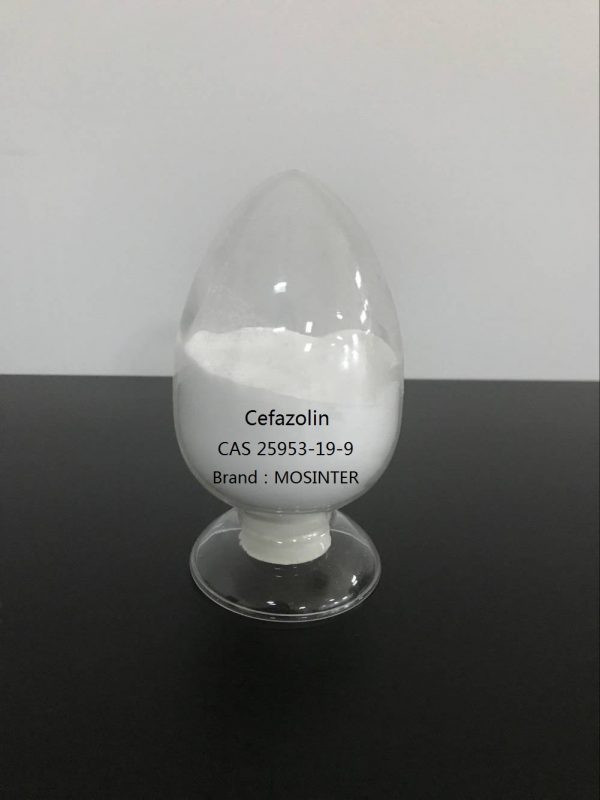
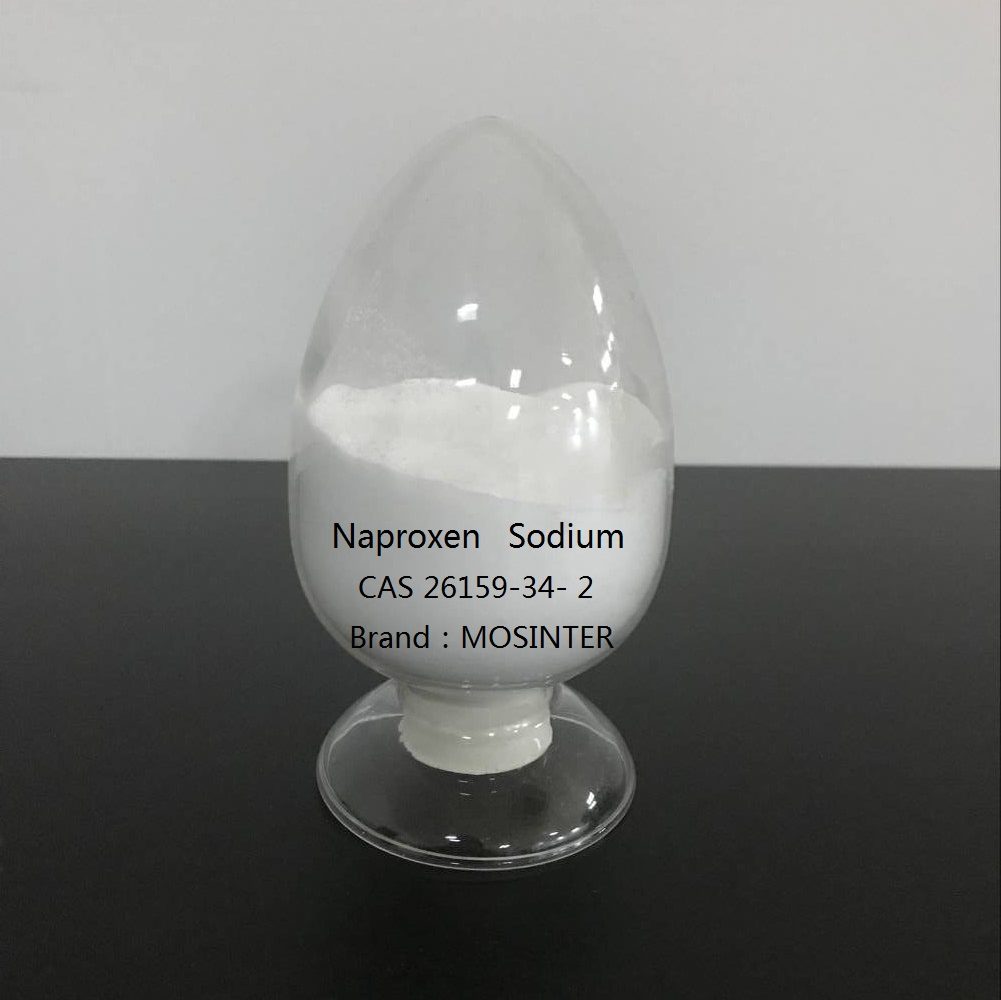
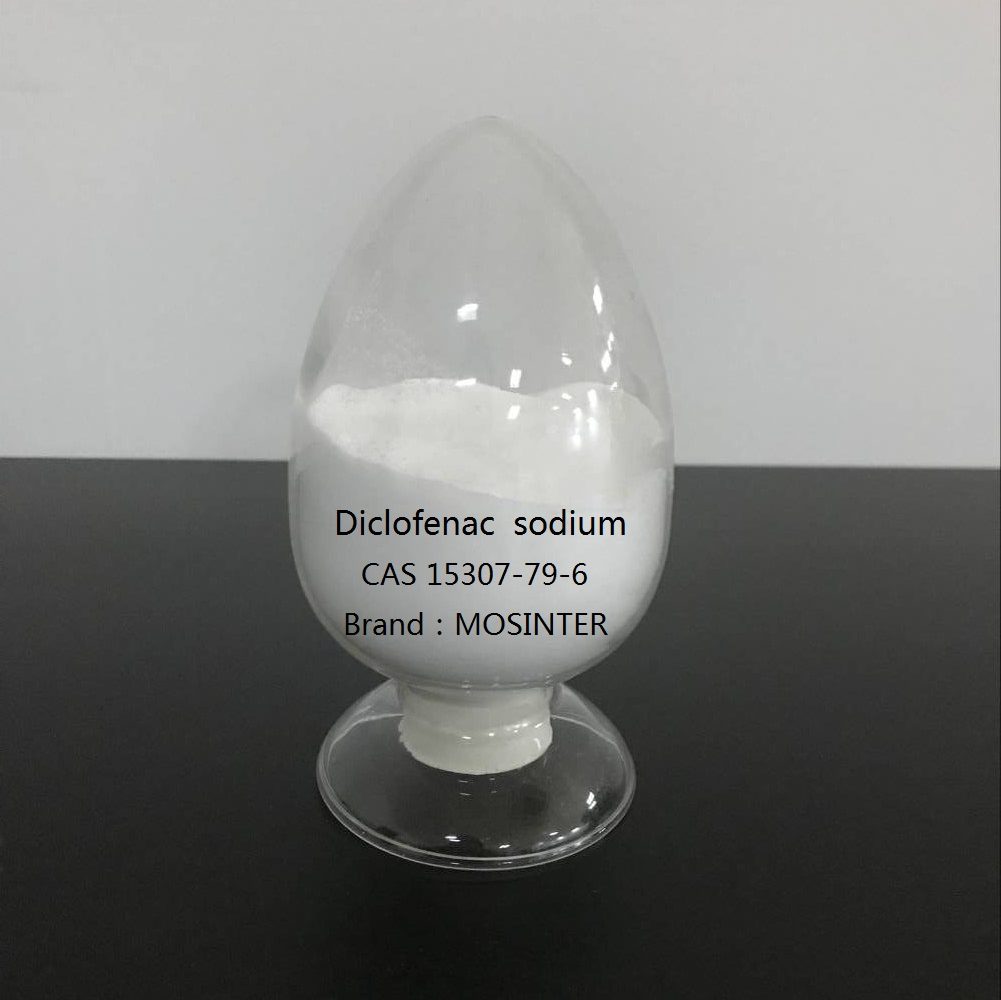
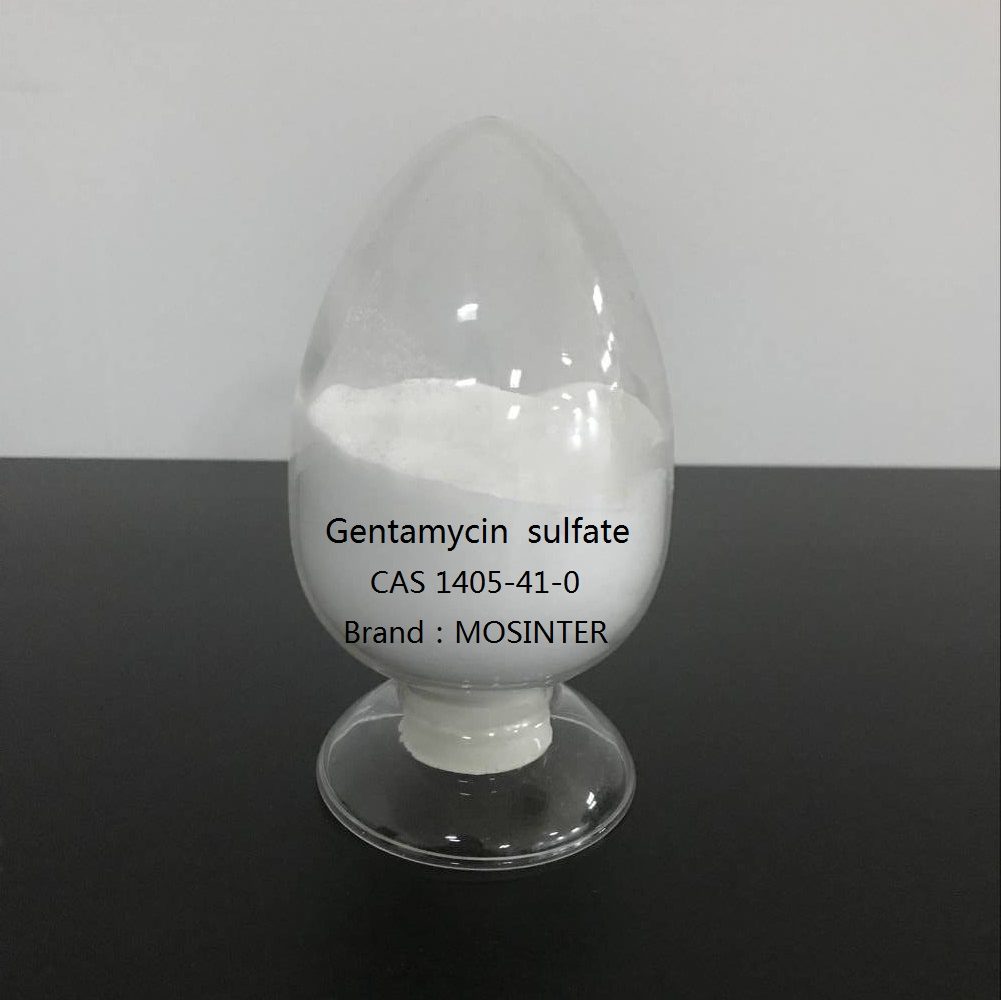
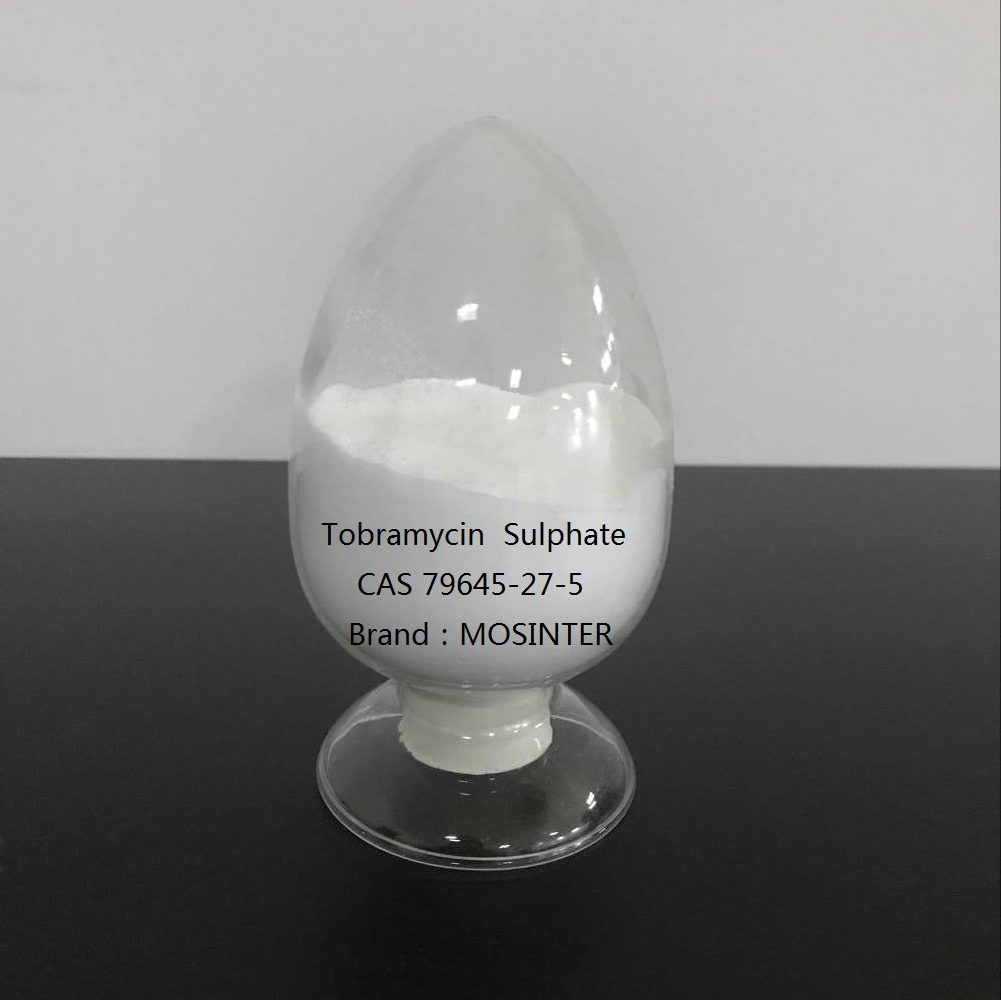
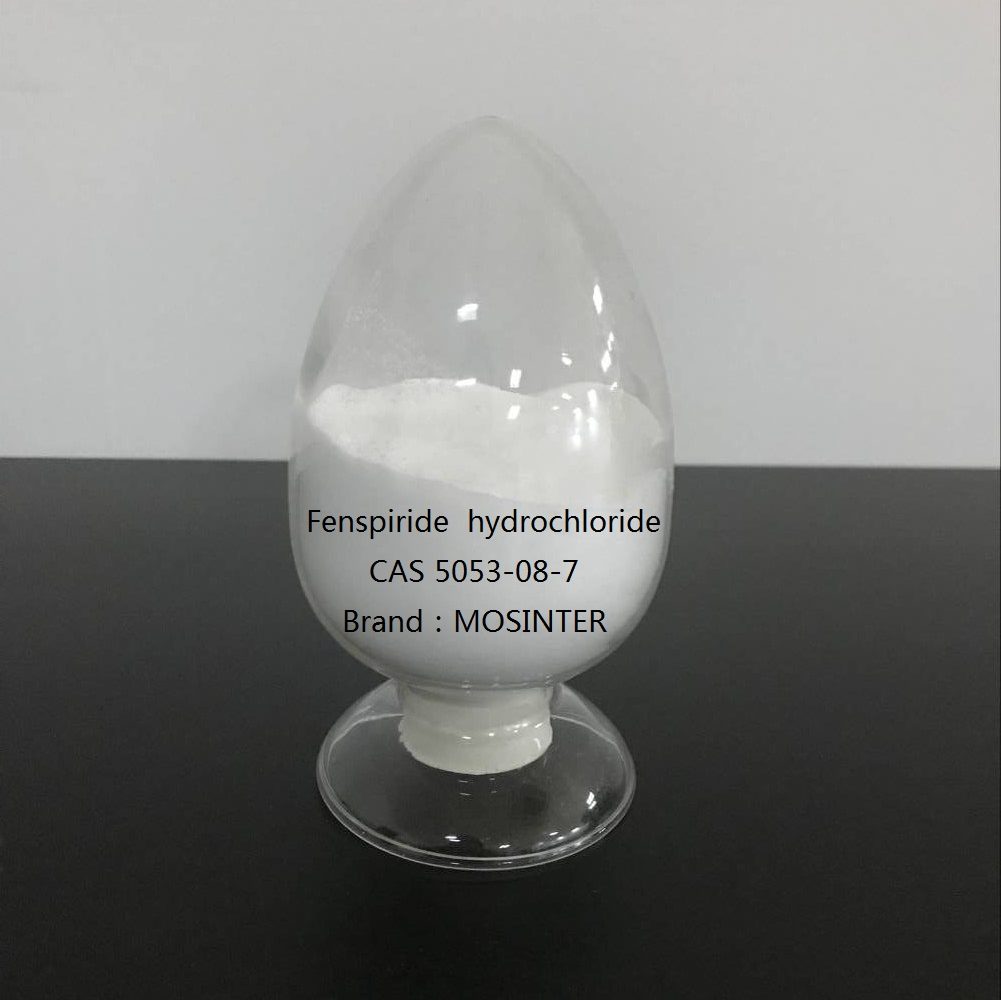
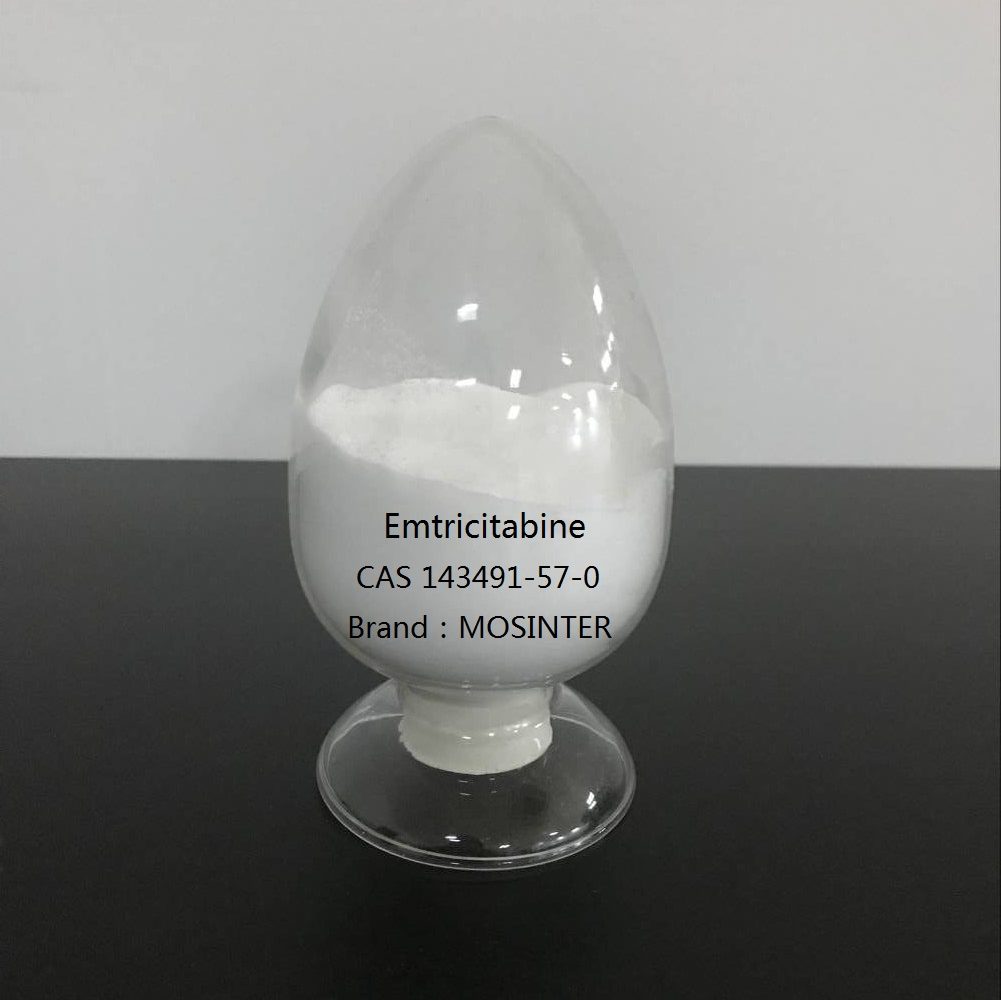
Reviews
There are no reviews yet.